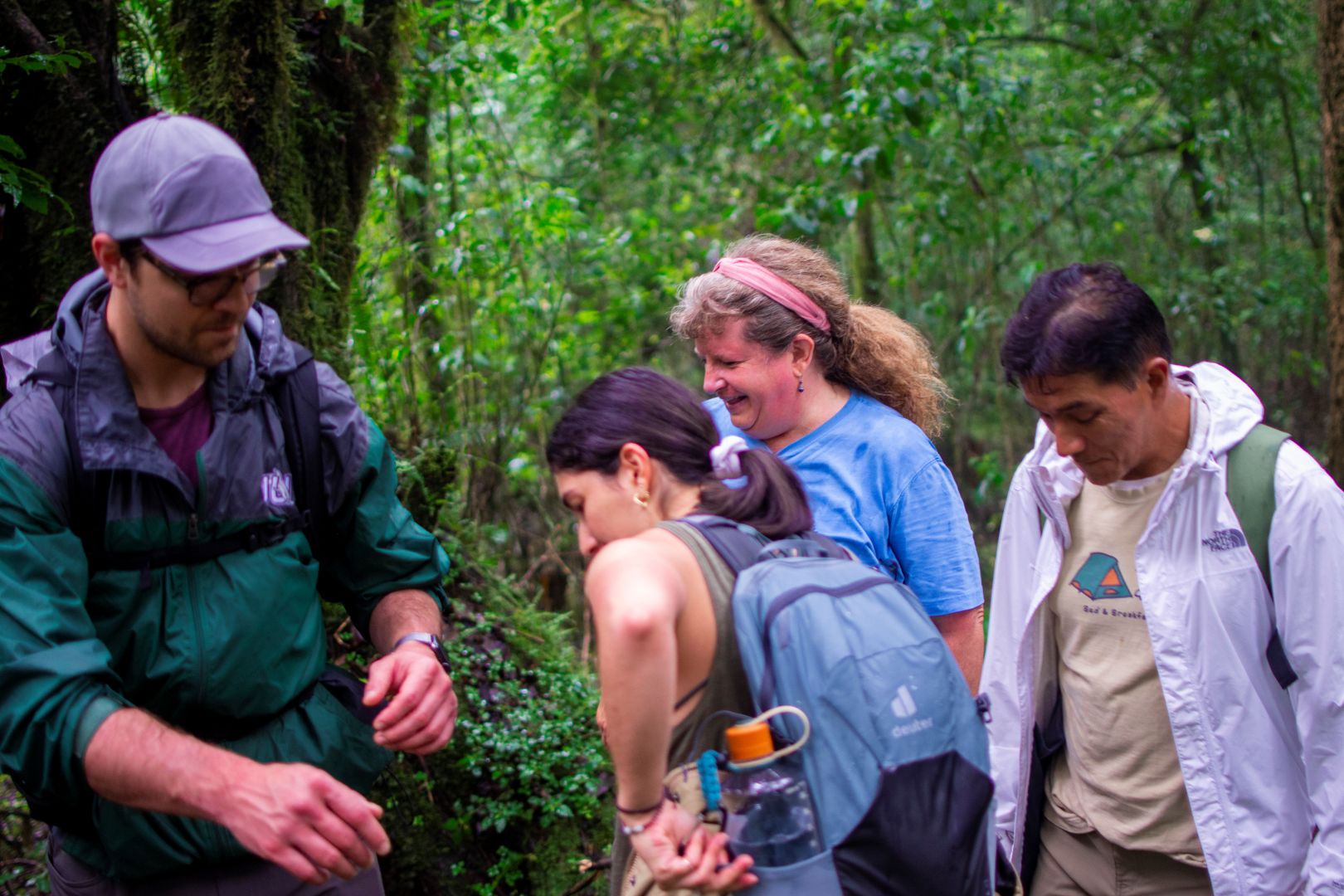
How to Prepare for Climbing Mount Kilimanjaro: A Complete Guide
Mount Kilimanjaro, the highest peak in Africa and the tallest free-standing mountain in the world, is a dream destination for adventurers. Known for its accessibility without technical climbing equipment, it’s one of the most popular trekking experiences globally. However, proper preparation is the key to conquering this iconic mountain.
At Serengeti Wildlife Safaris, we specialize in organizing safe and successful Kilimanjaro climbs. Here’s our comprehensive guide to help you prepare for the adventure of a lifetime.
1. Physical Fitness: Train for Success
Climbing Kilimanjaro is physically demanding, requiring endurance, strength, and balance. Here’s how to prepare:
Cardiovascular Training
- Activities: Engage in hiking, running, cycling, or stair climbing to improve stamina.
- Why it matters: You’ll be trekking for hours at a time, often on steep inclines.
Strength Training
- Focus on: Strengthening your leg muscles (quadriceps, hamstrings, and calves) and core.
- Recommended exercises: Squats, lunges, step-ups, and planks.
Flexibility and Balance
- Exercises: Include yoga or stretching routines to improve flexibility. Balance exercises will help you handle uneven terrain.
2. Mental Preparation: Stay Resilient
Trekking Kilimanjaro is as much a mental challenge as a physical one.
Build Mental Resilience
- Expect challenges like altitude sickness, fatigue, and weather changes.
- Stay focused and visualize your success to maintain motivation.
Adopt a Positive Attitude
- Kilimanjaro is a test of determination. Celebrate small wins along the way to keep your spirits high.
3. Route Selection: Choose the Right Path
Kilimanjaro offers several routes, each with unique features:
Popular Routes
- Marangu Route: Known for hut accommodations, ideal for first-time climbers.
- Machame Route: Offers stunning views, but requires some climbing experience.
- Lemosho Route: A scenic and gradual route, great for acclimatization.
- Rongai Route: A quieter route starting from the northern side.
Acclimatization Considerations
- Longer routes (7-9 days) are recommended to allow your body to adapt to the altitude.
- Proper acclimatization reduces the risk of altitude sickness.
4. Gear and Packing: Be Prepared
Packing the right gear is crucial for a successful climb.
Essential Items
- Sturdy hiking boots
- Layered clothing for varying temperatures
- Four-season sleeping bag
- Trekking poles for stability
- Backpack with rain cover
- Reusable water bottles or hydration packs
Additional Tips
- Serengeti Wildlife Safaris provides a detailed packing list and can assist with gear rentals if needed.
5. Altitude Acclimatization: Climb High, Sleep Low
Acclimatization is one of the most critical aspects of climbing Kilimanjaro.
Tips for Acclimatization
- Ascend slowly to give your body time to adjust.
- Stay hydrated by drinking at least three liters of water daily.
- Consider altitude sickness medication like Diamox, if advised by your doctor.
6. Health and Safety: Stay Protected
Pre-Climb Check-Up
- Visit your doctor to ensure you are in good health and discuss any pre-existing conditions.
Altitude Sickness Awareness
- Symptoms include headaches, nausea, and dizziness. Notify your guide immediately if you experience any discomfort.
- Serengeti Wildlife Safaris’ guides are trained to monitor your health and provide assistance.
Hydration and Nutrition
- Drink plenty of water and eat energy-packed meals to maintain strength and hydration.
Why Choose Serengeti Wildlife Safaris?
Climbing Kilimanjaro is a life-changing experience, and with the right support, it can also be a safe and enjoyable one. At Serengeti Wildlife Safaris, we provide:
- Experienced and certified guides trained in high-altitude safety.
- Customizable itineraries to suit your fitness and preferences.
- Comprehensive pre-climb briefings and support.
- Quality gear rentals and detailed packing lists.
- A commitment to sustainable and responsible trekking.
Conclusion: Your Kilimanjaro Adventure Awaits
Reaching Mount Kilimanjaro’s summit, Africa’s roof is an achievement like no other. By focusing on physical and mental preparation, selecting the right route, and following safety guidelines, you’ll be well-equipped to succeed.
Serengeti Wildlife Safaris is here to guide you every step of the way, ensuring your climb is safe, memorable, and truly rewarding.
Ready to climb Kilimanjaro? Contact us today and let’s plan your unforgettable adventure!
📧 Email: info@serengetiwildlifesafaris.com
